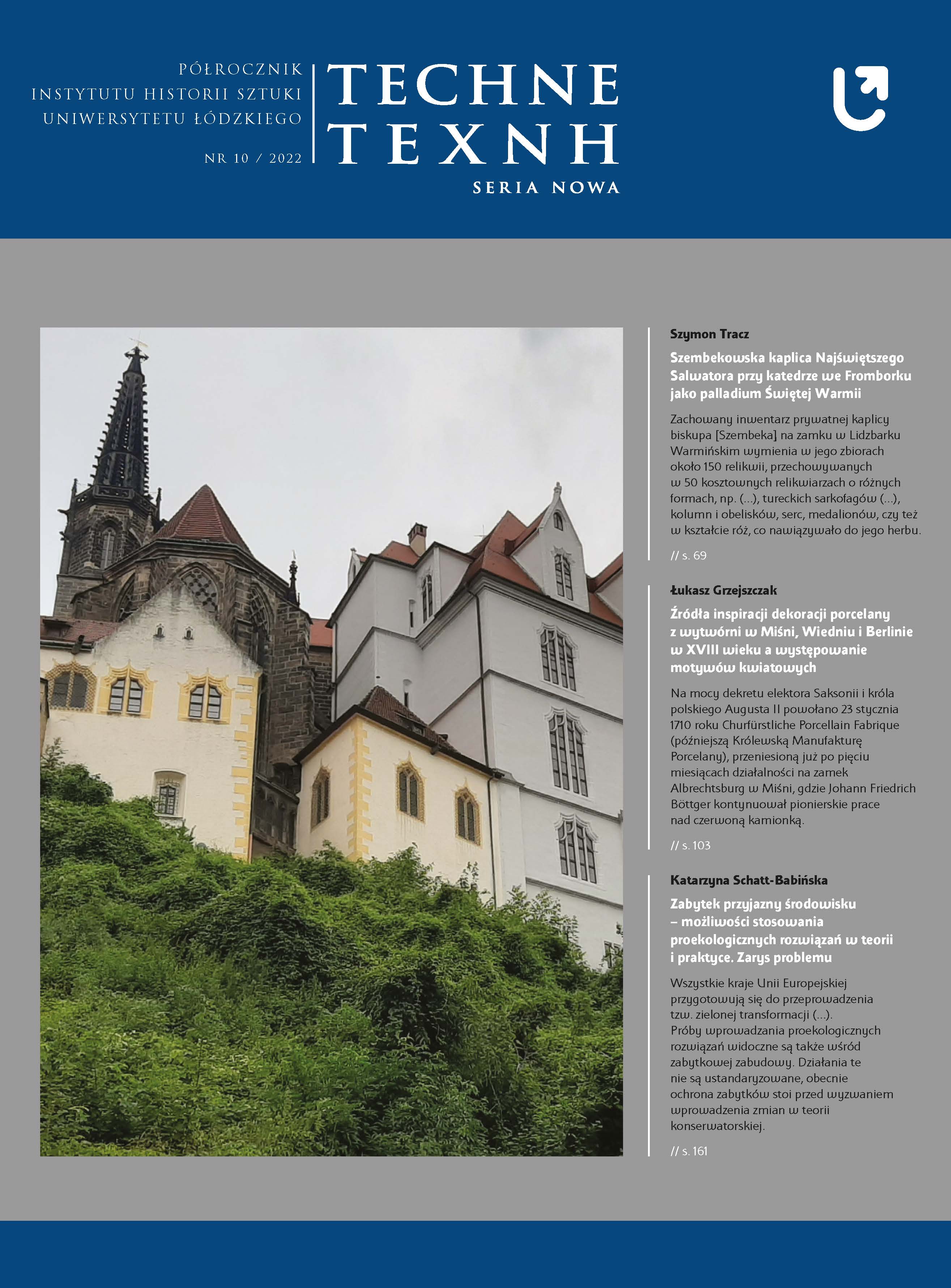Jak Krzysztof Radziwiłł (1585–1640) dwory i zbory budował. Uwagi do organizacji prac budowlanych w dobrach magnackich na Litwie w pierwszej połowie XVII wieku. Część II
How Krzysztof Radziwiłł (1585–1640) built mansions and churches. Notes on the organization of construction works in magnate estates in Lithuania in the first half of the 17th century. Part II
Author(s): Jarosław ZawadzkiSubject(s): Fine Arts / Performing Arts, Architecture, 17th Century
Published by: Wydawnictwo Uniwersytetu Łódzkiego
Keywords: Krzysztof Radziwill; voivode of Vilnius; Grand Hetman of Lithuania; Grand Duchy of Lithuania; magnate estate; residences; construction; organization of construction works
Summary/Abstract: The text is the second part of the study on the construction works in the estate of one of the most important Lithuanian magnates of the first half of the 17th century, Krzysztof Radziwiłł (1585–1640), Vilnius Voivode and Grand Hetman of Lithuania. It presents the workers employed in the construction of the building, from the least qualified to architects and sculptors. Attention was also paid to the production or purchase of building materials, their transport and collection. Then, the process of building or renovating buildings, its course and duration were presented. In conclusion, the author tried to justify that the course of the investment process in Krzysztof Radziwiłł’s estate was influenced by his personal characteristics and the work system he adopted (strict control, monopoly of decision-making, even in minor matters by the prince, thrift). However, according to the author, the social and economic system prevailing in the Grand Duchy of Lithuania at that time was of decisive importance. A large share of natural economy and a narrow market of services and trade in construction goods caused constant problems with maintaining the continuity and efficiency of works. This resulted in repeated attempts to organize work as much as possible with the hands of the serfs’ (prince’s own subjects) and with the help of products manufactured on their own estates. The effect of these treatments was both the low quality of the materials and the work performed. Lesser, but important, were the negative natural phenomena, especially numerous epidemics in the 1720s, but also fires, storms and floods. Pan-European processes also had a negative impact, resulting in a decrease in the profitability of aristocratic estates as a result of a change in the price structure. In the case of Krzysztof Radziwiłł, this phenomenon was significantly weakened as a result of the endowments of rich royal estates, mainly the economy of Mogilev, in the last years of his life. As a result, in the 1730s he achieved the highest income.
Journal: TECHNE. Seria Nowa
- Issue Year: 2022
- Issue No: 10
- Page Range: 11-68
- Page Count: 58
- Language: Polish

